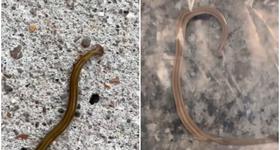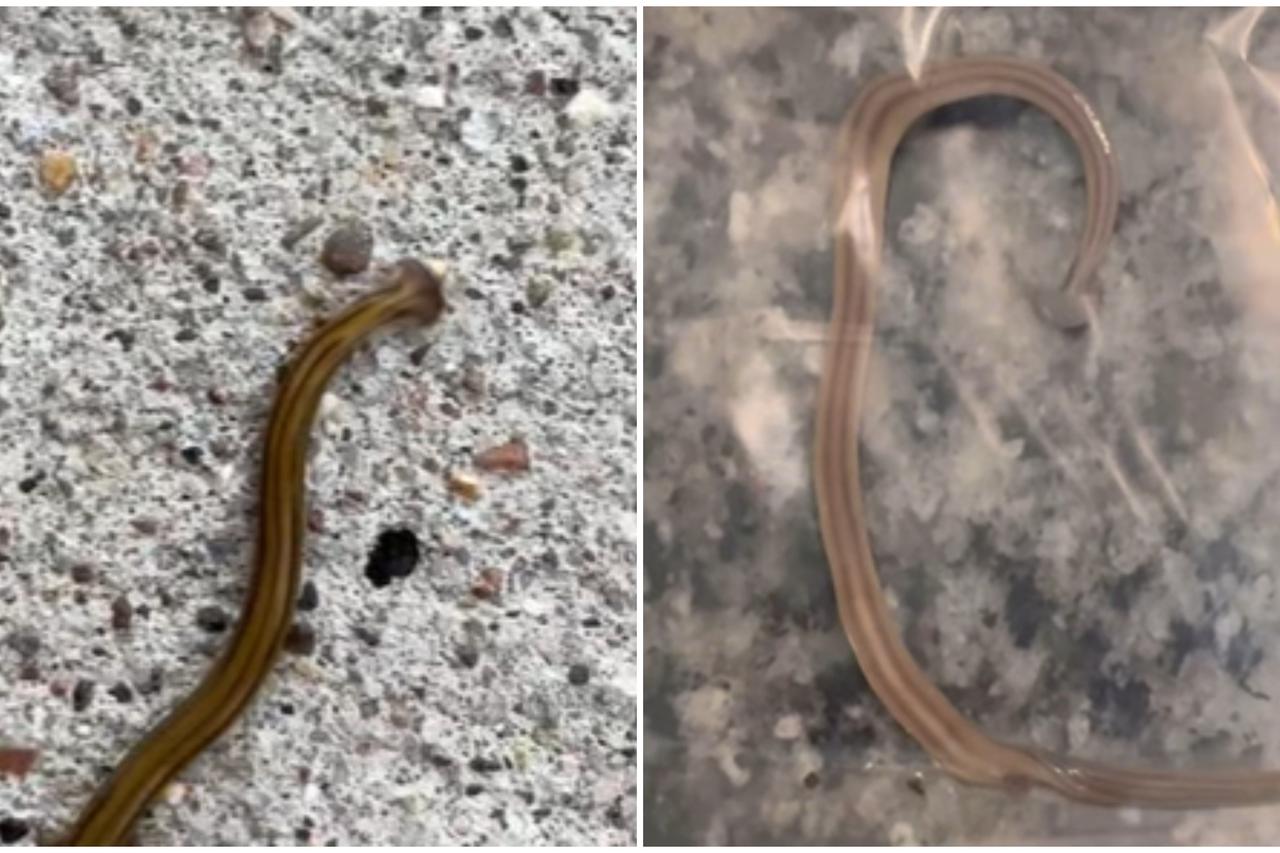Texas has experienced an invasion of carnivorous hammerhead worms about 30 cm long, posing a serious threat to local flora and fauna. These invasive worms feed on native earthworms and snails, and their skin contains the toxin tetrodotoxin, which can cause rashes in humans. Residents are shocked by the appearance of these worms, and experts warn of dangers to pets, as dogs often eat these worms and may become ill. Caution is advised when handling the worms, including using gloves and destroying them with salt, vinegar, or freezing. The Texas Invasive Species Institute calls for urgent removal of the worms to protect the ecosystem. This species has been present in Southeast Asia for decades but has only recently been observed in Texas.
Political Perspectives:
Left: Left-leaning sources emphasize the environmental impact of the invasive carnivorous worms, highlighting the threat to local biodiversity and the need for ecological protection. They focus on the scientific warnings and advocate for responsible environmental management and awareness to protect native species and ecosystems.
Center: Center-leaning sources report the facts about the invasion, including the biological characteristics of the worms, the risks to pets and humans, and the official recommendations for handling and removal. They provide balanced coverage with expert opinions and practical advice for the public.
Right: Right-leaning sources may focus on the local community’s reaction, emphasizing the shock and fear caused by the worms’ appearance. They might highlight the need for swift action to protect property and pets, and stress personal responsibility in dealing with the invasive species. Some may also discuss regulatory or governmental responses.

















































